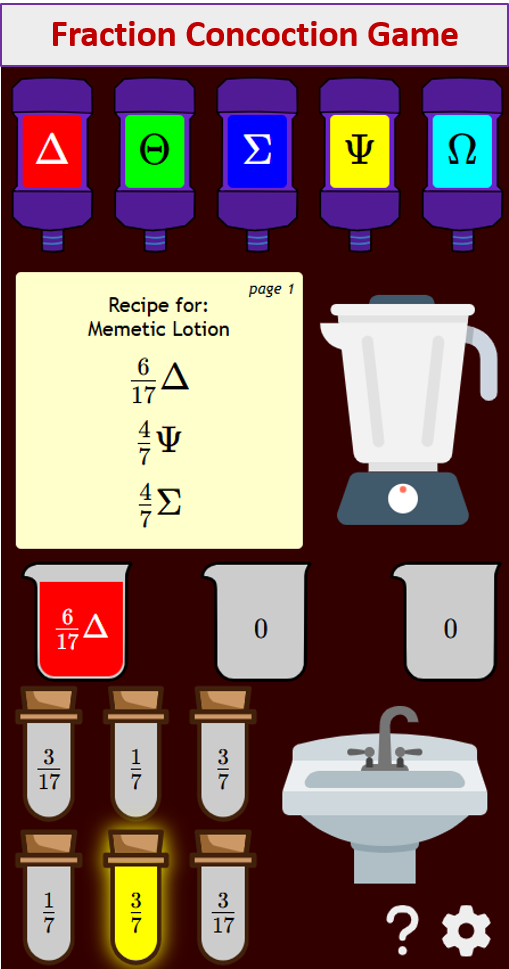IGCSE 2020 0580/21 May/June
Cambridge CIE IGCSE Past Papers and solutions.
Questions and Worked Solutions for IGCSE 2020 0580/21 May/June.
Related Pages
More IGCSE Past Papers
Share this page to Google Classroom
IGCSE 2020 0580/21 May/June (pdf)
- Rectangle A measures 3cm by 8 cm.
Five rectangles congruent to A are joined to make a shape.
Work out the perimeter of this shape. - Find the highest odd number that is a factor of 60 and a factor of 90.
- Mrs Salaman gives her class two mathematics tests.
The scatter diagram shows information about the marks each student scored.
(a) Write down the highest mark scored on test 1.
(b) Write down the type of correlation shown in the scatter diagram.
(c) Draw a line of best fit on the scatter diagram.
(d) Hamish scored a mark of 40 on test 1.
He was absent for test 2.
Use your line of best fit to find an estimate for his mark on test 2. - A bag contains blue, red, yellow and green balls only.
A ball is taken from the bag at random.
The table shows some information about the probabilities.
(a) Complete the table.
(b) Abdul takes a ball at random and replaces it in the bag.
He does this 200 times.
Find how many times he expects to take a red ball. - (a) The nth term of a sequence is 60 - 8n.
Find the largest number in this sequence.
(b) Here are the first five terms of a different sequence.
12 19 26 33 40
Find an expression for the nth term of this sequence. - The diagram shows a trapezium.
Work out the value of x. - Use this information to write 438048 as a product of its prime factors.
- Without using a calculator, work out (2 1/3 - 7/8) × 6/25
You must show all your working and give your answer as a fraction in its simplest form. - Factorise completely.
(a) 21a2 + 28ab
(b) 20x2 − 45y2
- Points A, B, C, D, E and F lie on the circle, centre O.
Find the value of x and the value of y. - The diagram shows the speed–time graph for 90 seconds of a journey.
Calculate the total distance travelled during the 90 seconds. - Gemma records the times, in seconds, taken for a group of children and a group of adults to complete a puzzle.
The box-and-whisker plot shows information about the times taken for the children to complete the puzzle.
(a) Find the interquartile range of the times taken for the children to complete the puzzle.
(b) The table shows some information about the times, in seconds, taken for the adults to complete the puzzle.
On the grid above, draw the box-and-whisker plot for the adults. - C lies on a circle with diameter AD.
B lies on AC and E lies on AD such that BE is parallel to CD.
AB = 21cm, CD = 18cm and BE = 13.5cm.
Work out the radius of the circle. - (a) f(x) = 4x + 3
g(x) = 5x - 4
fg(x) = 20x + p
Find the value of p.
(b) h(x) = (5x - 1)/3
Find h-1(x). - P, R and Q are points on the circle.
AB is a tangent to the circle at Q.
QR bisects angle PQB.
Angle BQR = x° and x < 60.
Use this information to show that triangle PQR is an isosceles triangle.
Give a geometrical reason for each step of your work. - m is inversely proportional to the square of (p - 1).
When p = 4, m = 5.
Find m when p = 6. - (b) OABC is a parallelogram.
OA = p and OC = q.
E is the point on AB such that AE : EB = 3 : 1.
Find OE, in terms of p and q, in its simplest form. - P = 2(w + h)
w = 12 correct to the nearest whole number.
h = 4 correct to the nearest whole number.
Work out the upper bound for the value of P. - The diagram shows cuboid ABCDEFGH of length 20 cm and width 5.5cm.
The volume of the cuboid is 495 cm3
Find the angle between the line AG and the base of the cuboid ABCD. - The curve y = x2 - 2x + 1 is drawn on a grid.
A line is drawn on the same grid.
The points of intersection of the line and the curve are used to solve the equation x2 - 7x + 5 = 0
Find the equation of the line in the form y = mx + c. - Expand and simplify (x + 3)(x - 5)(3x - 1).
- Find the area of a regular hexagon with side length 7.4cm.
Try out our new and fun Fraction Concoction Game.
Add and subtract fractions to make exciting fraction concoctions following a recipe. There are four levels of difficulty: Easy, medium, hard and insane. Practice the basics of fraction addition and subtraction or challenge yourself with the insane level.

We welcome your feedback, comments and questions about this site or page. Please submit your feedback or enquiries via our Feedback page.